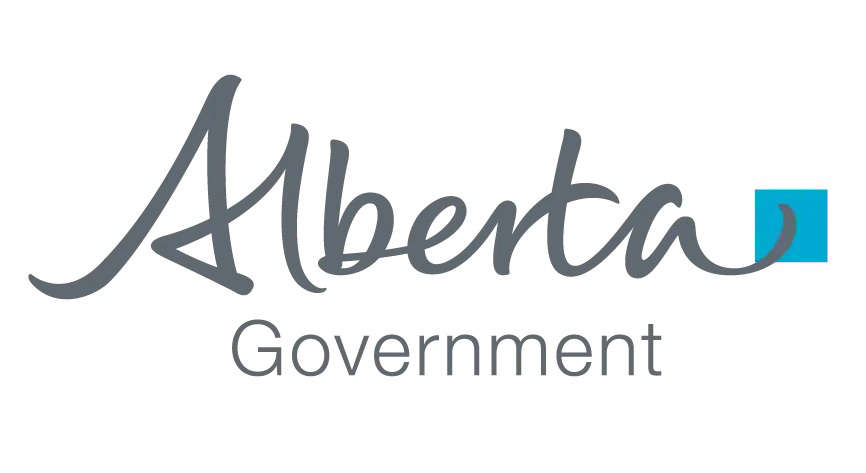
PONOKA -- The province has responded to the Town of Ponoka's concerns relating to increased provincial education taxes.
The concerns were raised by Ponoka Council earlier this year after a 10.8 per cent education tax was included in this year's property taxes. In a letter addressed to the province, Mayor Kevin Ferguson sought clarification as to why a smaller municipality would be on the hook for the same amount as much larger jurisdictions, such as Edmonton and Red Deer.
Here is the response from Alberta's Minister of Municipal Affairs Dan Williams:
"I recognize how difficult it can be for smaller communities to absorb significant increases in requisitions, particularly when local growth and service demands are already stretching municipal budgets," said Williams in a letter to Ponoka Council. "Each year, EPT requisitions are calculated by applying a uniform provincial mill rate to a municipality's equalized assessment (EA). For 2025, the province set the uniform education property tax rates at $2.72 per $1,000 of residential/farmland EA and $4.00 per $1,000 of non-residential EA. These rates increased following a two-year freeze in 2023 and 2024."
Williams went on to explain why ratepayers in Ponoka were forced to absorb a greater share of the requisition costs.
"In the Town of Ponoka, residential/farmland EA increased by 5.22 per cent, reaching $730.3 million, while non-residential EA increased by 1.87 per cent, reaching $196.6 million. The town's assessment growth -- 5.22 per cent for residential/farmland and 1.87 per cent for non-residential -- was below the provincial averages of 8.5 per cent and 5.8 per cent, respectively," said Williams. "This limited the impact of the increased provincial mill rates, but also meant there was less new growth to help offset the EPT requisition."
Williams continued, saying that in contrast, larger municipalities such as Edmonton and Red Deer benefit from significantly higher rates of residential and commercial development, which expand their overall assessment base. This broader property base allows the total education tax requisition to be distributed across a greater number of taxpayers, effectively reducing the per-household impact.


 Update: provincial highway speed survey results
Update: provincial highway speed survey results
 Another successful year for PSC's Santa's Anonymous
Another successful year for PSC's Santa's Anonymous
 Severe winter weather expected in Central Alberta
Severe winter weather expected in Central Alberta
 New Rimbey Chamber of Commerce set to launch next month
New Rimbey Chamber of Commerce set to launch next month
 Town of Ponoka approves 2026 interim budget
Town of Ponoka approves 2026 interim budget
